 Precision Phosphates in Feed Save Money and the Planet
10. 26. 2018
#Feed industry
Precision Phosphates in Feed Save Money and the Planet
10. 26. 2018
#Feed industry

Every year, the world-renowned Cornell University hosts the Cornell Nutrition Conference for feed manufacturers. Now in its 80th year, the conference is “designed to provide industry leading research and information to feed industry professionals and nutritional consultants.”
With speakers chosen from Cornell’s distinguished Dept. of Animal Science, the event is frequently praised for its high-level content and the practical application of science towards modern farming challenges.
This year, one of the highlights of the conference was a presentation by Prof. Larry Chase, a leading expert in dairy cattle feed and feed additives. During his presentation Chase explained his theory on precision nutrition. Outlining how time and money spent on the exact application of feed additives, such as monocalcium phosphate, can in fact lower total feed input and at the same time be better for the environment.
As the industry journal Feed Navigator reported from the event in Syracuse, New York, “A precision nutrition approach can lower feed costs and make dairy farming more sustainable.” Adding that, “Tweaking the levels of crude protein and phosphorus in feed could provide dairy producers a way to reduce feed costs, improve farm profitability and limit unwanted nutrient emissions.”
Giving the example of a farm animal that needs 100 units of nutrient X, Chase asked the audience how many units of nutrient X should the animal be fed to ensure that it receives the required 100 units. 110? 105?
It is this ‘overage’ or buffer of 5% or 10% that precision feeding hopes to remove. In doing so, the added cost of a feed additive, be it phosphate or phytase, can actually reduce the amount of feed needed.
The added benefit, notes Chase, is that by reducing the total amount of feed, the farmer causes less impact on the environment. Less feed means less feed transportation and fuel consumed; less methane or nitrogen emissions from farm animals; and less manure which means less run-off into local water systems.
While reducing methane or nitrogen emissions from a herd may sound insignificant for a global problem, Chase was quick to explain how small but accurate usage of the correct feed additive, when combined, can make a big difference.
In his presentation, he gave the example of a cow which is given feed additives through a precision approach so that it is then be able to consume one less unit of crude protein per day. This cow would excrete 12.5kg per year less nitrogen in its manure (for a cow producing 32kg of milk with an average dry matter intake of 21kg per day). He continued by noting that if every cow in the state of New York did this, then nitrogen output would be reduced by 776,000kg.
Economic Sustainability vs Environmental Sustainability
Clearly, for an academic like Chase, environmental concerns are high on the list. But can individual farmers also benefit from such precision feed additive use?
Chase believes they can, and supported his beliefs with data gathered from the Cornell Cooperative Extension, a group of farms in upstate New York which are run not only for profit but also for educating Cornell students and aiding research.
Animal nutrition researchers and dairy farmers at the Cornell Cooperative Extension
The precision nutrition project aimed to use feed additives to lower crude protein levels over a three-year period. The outcome from the eight farms that reported results found that in-feed crude protein levels were reduced by 1.7%, while the volume of nitrogen excreted in the manure was lowered by 14%. But more importantly for farmers, the results also improved herd profits, with the average bump to income of total feed cost being $147 per cow per year, and the income compared to purchase feed cost received an average increase of $158 per cow per year.
Chase is proud of his research and pleased to see it have a positive impact on both the environment and on farmers’ livelihoods. His goal now is to spread the word of the power of precision feeding and the use of feed additives to help both the industry and the planet.
As Chase notes, “We’re hoping that other people see the results and say, ‘I want to try some of this’.” Adding that if so, “They should go home and look at the herds they work with to see if there are opportunities to make some small adjustments.” The use of a high-quality feed additive may be the first step in that process.
AG CHEMI GROUP has been supplying animal feed additives since 1994. It is also a global supplier of industrial quantities of monocalcium phosphate and zinc oxide.

If you are interested in zinc oxide supplies, mcp prices, or need animal feed raw materials, then please contact the friendly, multi-lingual sales team, or take a look at the AG CHEMI GROUP catalogue.
Photo credit: Cornell, Polifar, PhosAgro, FeedNavigator, & Clip2Art